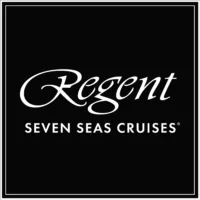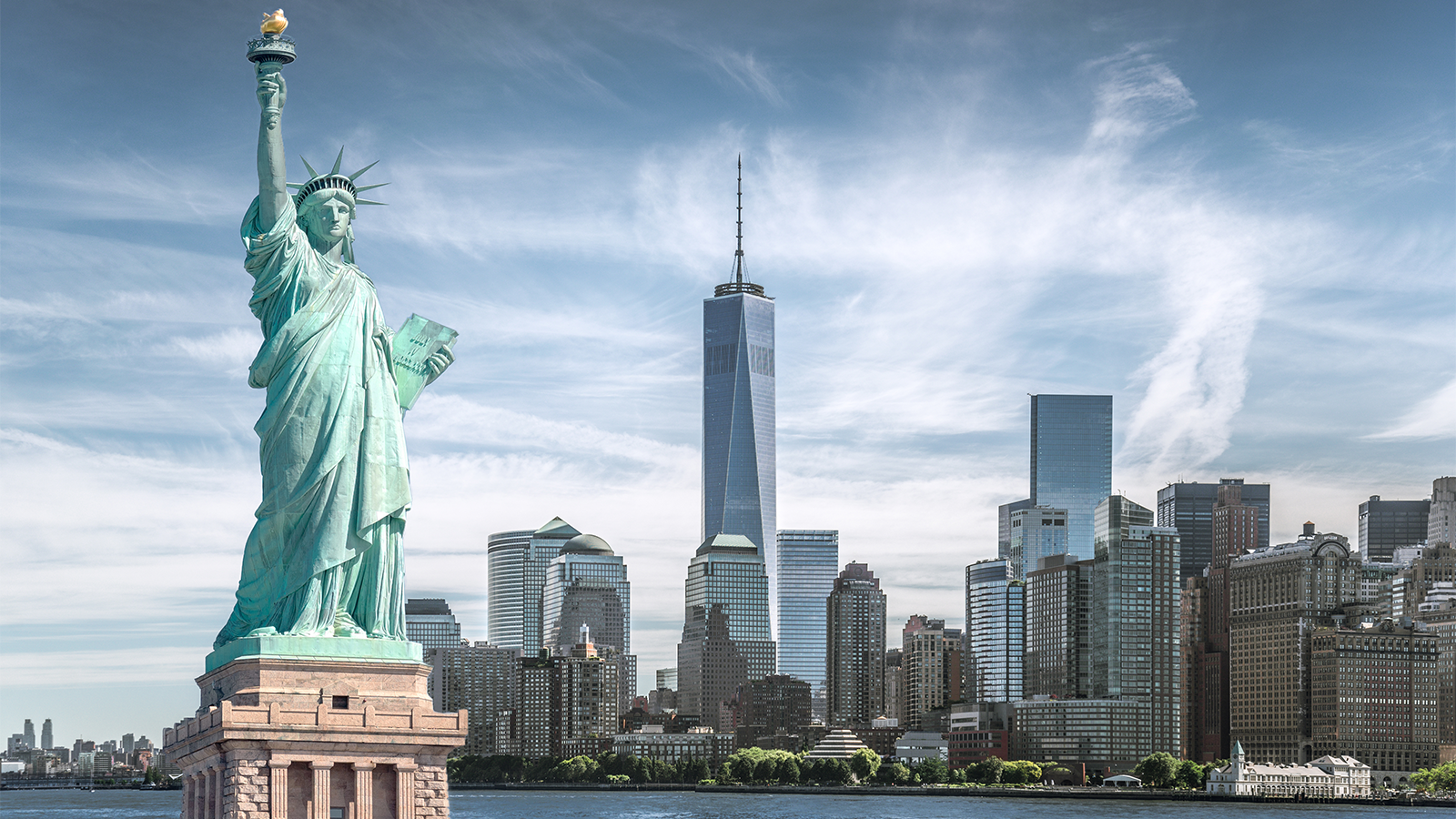
Regent Seven Seas Cruises
Regent promises to deliver The Most Inclusive Luxury Experience, offering an all-inclusive, ultra-luxury experience that is Unrivalled at Sea™.
Guests will be able to explore more than 550 destinations around the world while enjoying the unrivalled space, elegance, and comfort of The World’s Most Luxurious Fleet®. Regent will tend to every detail of their journey from start to finish, so guests can be pampered by the warm, Heartfelt Hospitality™ delivered by the crew.
744
Passengers
548
Crew
2023
Launched
55500t
Tonnage
224m
Length
31m
Width
10
Decks
USD
Currency
Cruise Itinerary
Day 1
Amsterdam, Netherlands
Day 2
,
Day 3
Newhaven/Edinburgh, Scotland
Day 4
Invergordon, Scotland
Day 5
Ullapool, Scotland
Day 6
Kirkwall, Orkney Islands, Scotland
Day 7
Stornoway, Isle of Lewis, Scotland
Day 8
Glasgow, Scotland
Day 9
Holyhead, Wales
Day 10
Douglas, Isle of Man
Day 11
,
Days 12 - 13
Le Havre, France

Day 1
Amsterdam, Netherlands

Day 2
,

Day 3
Newhaven/Edinburgh, Scotland

Day 4
Invergordon, Scotland

Day 5
Ullapool, Scotland

Day 6
Kirkwall, Orkney Islands, Scotland

Day 7
Stornoway, Isle of Lewis, Scotland

Day 8
Glasgow, Scotland

Day 9
Holyhead, Wales

Day 10
Douglas, Isle of Man

Day 11
,

Days 12 - 13
Le Havre, France
Ship Details


Regent Seven Seas Cruises
Seven Seas Grandeur
Inspired by the past and stunningly reimagined for the future, Seven Seas Grandeur™ will exemplify our heritage of perfection with unrivalled space, unparalleled service, exceptional cuisine and transformative experiences that will begin the moment you step aboard.
Cabins
All Prices















